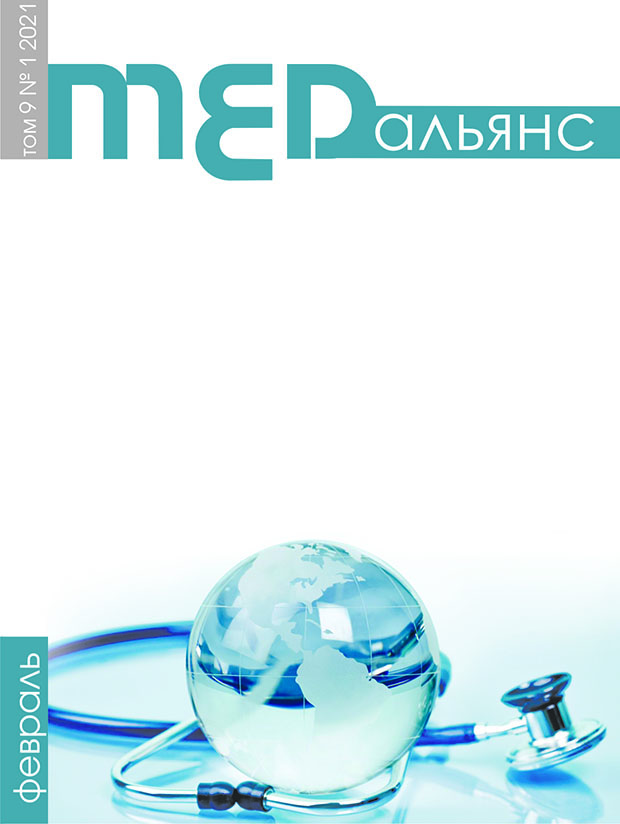Abstract
Introduction. Oral lichen planus (OLP) is an autoimmune disease of unknown etiology, manifested in various clinical forms. A correlation between intensity of OLP local manifestations and severity of general disturbances predisposing to altered oral mucosa have been poorly investigated. The aim of our study was to identify criteria for assessing OLP severity score.
Methods. OLP patients and control subjects (not OLP) matched by hepatobiliary disease and type IIa dyslipidemia were examined. Samples collected during the study were assessed by way clinical examination, gas chromatographic analysis of serum free fatty acids (FFA), oral fluid, serum and fecal microbial marker analysis by gas chromatography/mass spectrometry, laser Doppler flowmetry of the oral mucosa, immunohistochemistry staining with an-ti-CD68 monoclonal antibody specific to apolipoprotein B-100-bearing macrophages.
Results. It was found that OLP patients significantly differed from control subjects in the three FFA levels (lauric acid, eicosopentaenoic/ lauric and eicosopentaenoic/linoleic ratios), displayed four pathologic factors matching the altered level of microbial markers. In addition, OLP patients were found to differ in oral mucosa blood filling both inside and outside lesions paralleled with oxidative changes immediately in oral mucosa highlighted as elevated amount of apolipoprotein B-100-bearing CD68-positive macrophages.
Conclusion. OLP severity score is an integrate parameter which reflects oxidative changes and alterations in oral mucosa microhemocirculation primarily in serum free fat-ty acid composition, altered oral and gut microbiota as well as intensity score of clinical picture.

